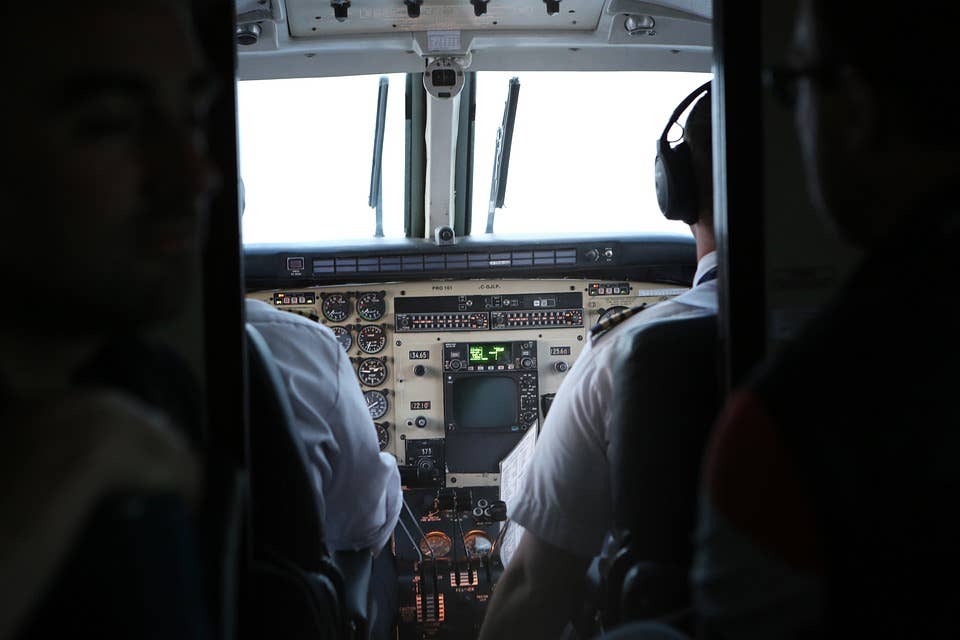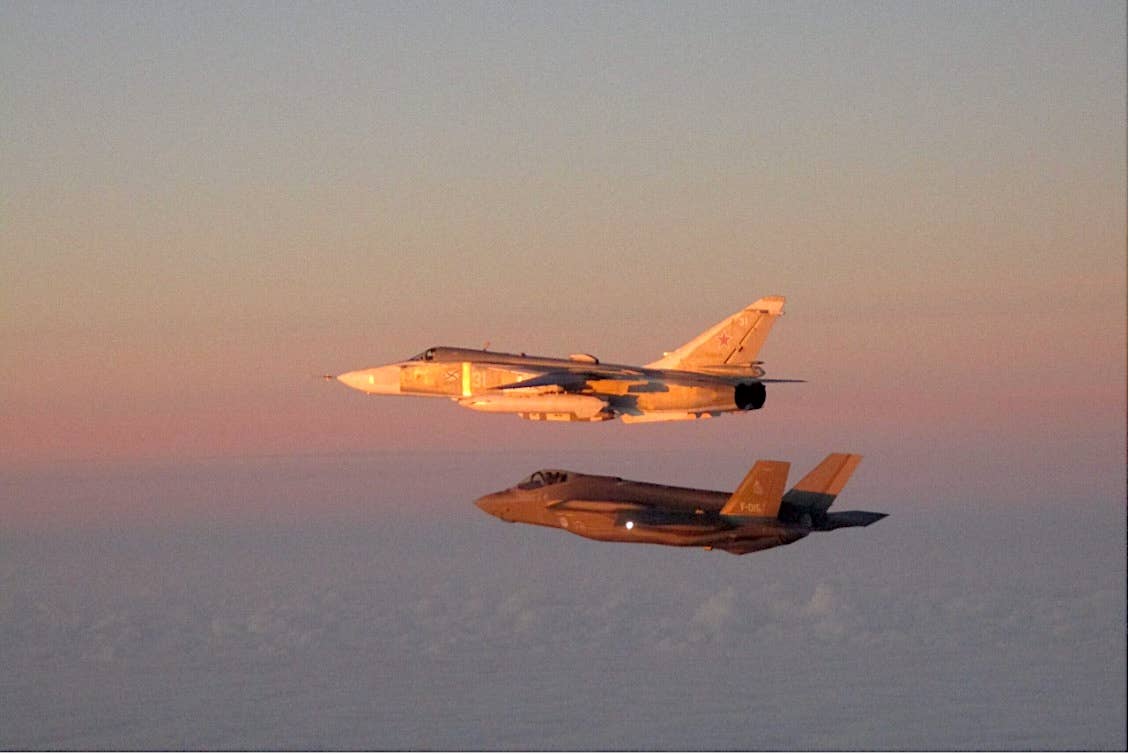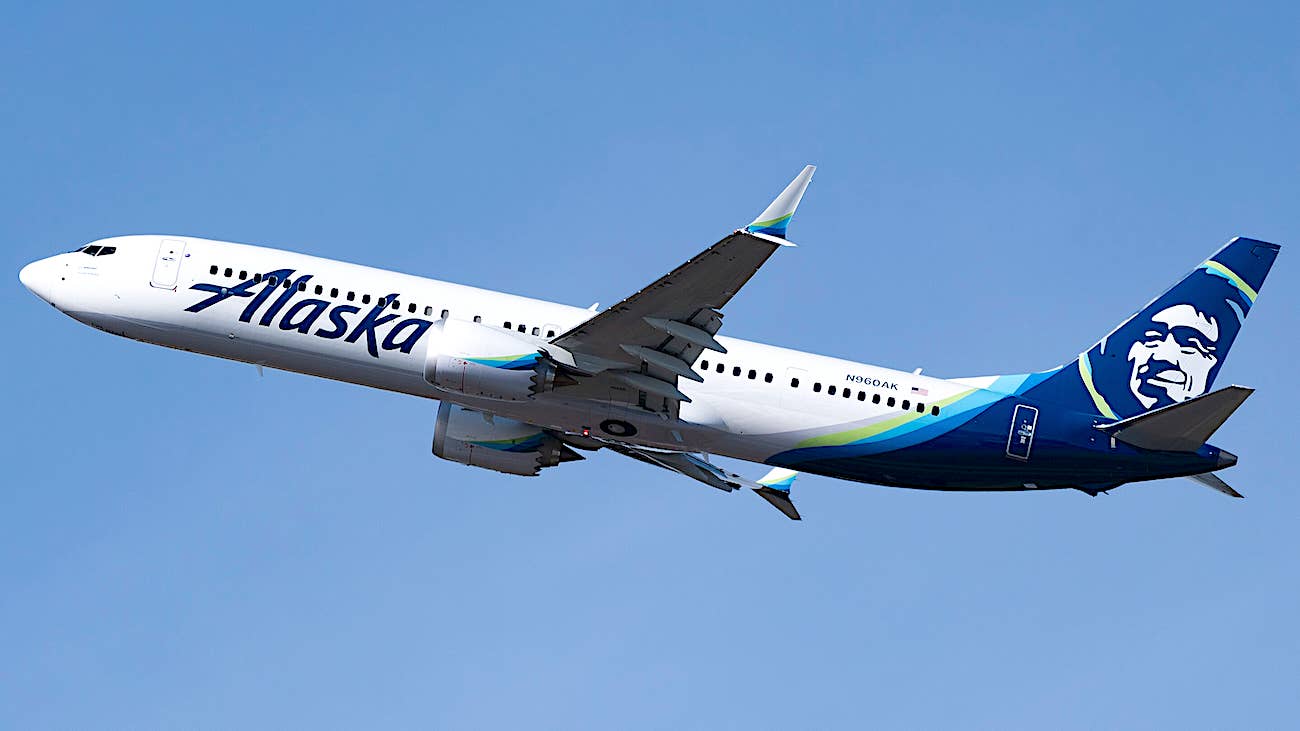ALPA, Industry Say Pilot Supply Is Stable
A new release from the Air Line Pilots Association (ALPA) notes that the U.S. pilot supply is stable with more than11,000 pilots certified in the past 12 months. ALPA highlighted…

A new release from the Air Line Pilots Association (ALPA) notes that the U.S. pilot supply is stable with more than11,000 pilots certified in the past 12 months.
ALPA highlighted recently released FAA pilot-production data, indicating that the U.S. is consistently certifying a greater number of airline pilots on a monthly basis compared to pre-pandemic levels.
The news comes as industry experts and financial analysts agree that pilot demand has been met, and there is even a surplus of pilots as several airlines have scaled back hiring.
Executives at TD Cowen and Goldman Sachs have expressed optimism, indicating the industry is moving past its previous challenges. “The improved outlook vs. the introduction of the GS Pilot Supply & Demand model in December 2022 is primarily driven by higher-than-expected certificates issued (2022 and 2023 were both records) in addition to slower fleet growth and modestly lower-than-expected retirements,” according to Goldman Sachs.
Several regional airlines have noticed a shift in the environment with decreased attrition rates. Mesa Airlines CEO Jonathan Ornstein said, “There was a time when none of us could find first officers. Now I mean, I think we have close to 2,000 applicants for qualified first officers.” CommuteAir CEO Rick Hoefling echoed that statement. “We can hire first officers. I think almost every regional airline right now has a stack of first officers. The problem is building their time at the same time you’re attriting out captains at a pretty high rate in the industry. We went from a pilot shortage to a captain shortage now in the industry. So the pendulum is starting to move.”
Despite ongoing claims of a pilot shortage by special interest groups, ALPA maintains that while there were some initial backlogs post-COVID, the system is working and yielding a record number of pilots.






